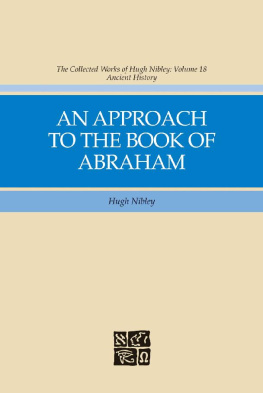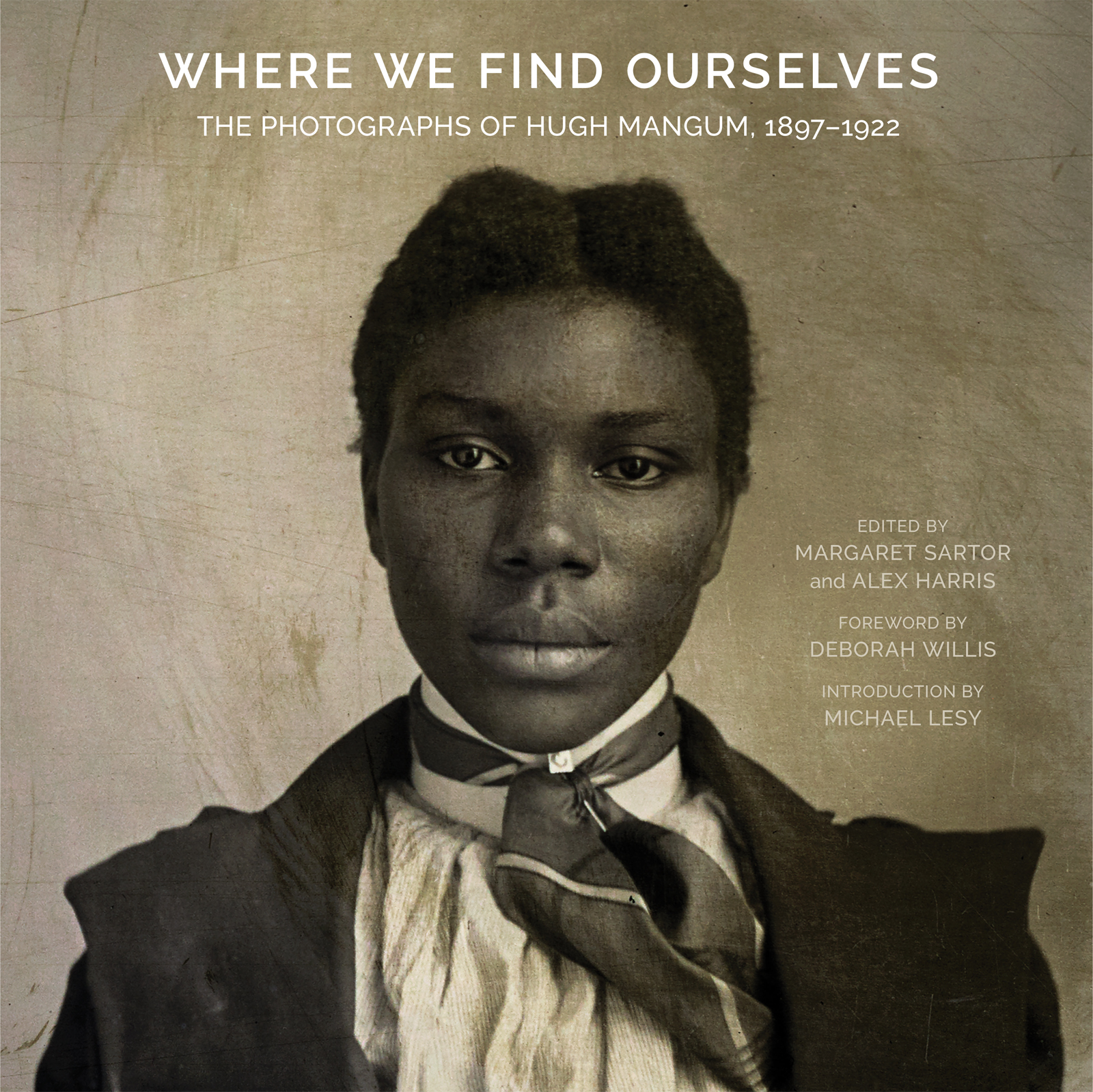WHERE WE FIND OURSELVES
THE PHOTOGRAPHS OF HUGH MANGUM, 18971922
EDITED BY MARGARET SARTOR AND ALEX HARRIS
FOREWORD BY DEBORAH WILLIS | INTRODUCTION BY MICHAEL LESY
Published by the University of North Carolina Press, Chapel Hill, in association with the Center for Documentary Studies at Duke University
2019 Margaret Sartor and Alex Harris
All rights reserved
Designed by Bonnie Campbell
Set in Legacy Serif and Raleway by Bonnie Campbell
Manufactured in the United States of America
The University of North Carolina Press has been a member of the Green Press Initiative since 2003.
All uncredited photographs are courtesy of the David M. Rubenstein Rare Book & Manuscript Library at Duke University.
Frontispiece and images on p. viii, Self-portraits, Hugh Mangum, ca, 190510.
Library of Congress Cataloging-in-Publication Data
Names: Mangum, Hugh, 18771922, photographer. | Sartor, Margaret, editor | Harris, Alex, 1949 editor. | Duke University. Center for Documentary Studies, publisher.
Title: Where we find ourselves : the photographs of Hugh Mangum, 18971922 / edited by Margaret Sartor and Alex Harris; foreword by Deborah Willis; introduction by Michael Lesy.
Other titles: Documentary arts and culture.
Description: Chapel Hill : University of North Carolina Press; [Durham, NC] : in association with the Center for Documentary Studies at Duke University, [2019] | Series: Documentary arts and culture | Includes bibliographical references and index.
Identifiers: LCCN 2018021267 | ISBN 9781469648316 (cloth : alk. paper) | ISBN 9781469648323 (ebook)
Subjects: LCSH: Mangum, Hugh, 18771922. | Southern StatesPictorial works. | LCGFT: Portraits. | Documentary photographs.
Classification: LCC TR680 .M2956 2019 | DDC 779/.2DC23 LC record available at https://lccn.loc.gov/2018021267
Excerpt from James Baldwins Mass Culture and the Creative Artist: Some Personal Notes 1959, in The Cross of Redemption: Uncollected Writings, published by Pantheon/Vintage Books, 2011. Used by arrangement with the James Baldwin Estate.
DOCUMENTARY ARTS AND CULTURE
Edited by Alexa Dilworth, Wesley Hogan, and Tom Rankin of the Center for Documentary Studies at Duke University
In a time when the tools of the documentary arts have become widely accessible, this series of books, published in association with the Center for Documentary Studies at Duke University, explores and develops the practice of documentary expression. Drawing on the perspectives of artists and writers, this series offers new and important ways to think about learning and doing documentary work while also examining the traditions and practice of documentary art through time.
CENTER FOR DOCUMENTARY STUDIES AT DUKE UNIVERSITY
documentarystudies.duke.edu
Published in conjunction with the exhibition Where We Find Ourselves: The Photographs of Hugh Mangum, 18971922, cocurated by Margaret Sartor and Alex Harris and organized by the Nasher Museum of Art at Duke University.
On view January 19May 19, 2019.
This book is dedicated to environmental activists Margaret Nygard and Holger Nygard; photographer David Page; North Carolina genealogist William Perry Johnson; and Hugh Mangums nephew, Jack Vaughan. Without the unified hard work of these far-sighted individualstheir commitment to the value and preservation of Hugh Mangums glass plate negativesthis work would not be available to us.
And to Robert L. Byrd, who made the preservation of visual materials an important mission of the David M. Rubenstein Rare Book & Manuscript Library at Duke University.
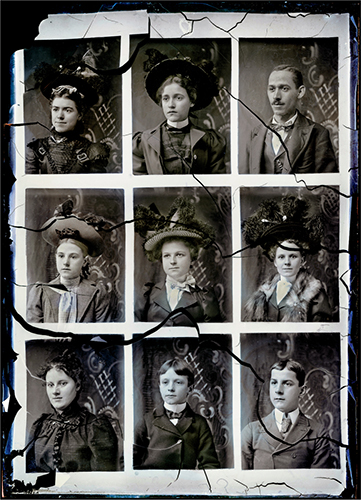
I feel very strongly, though, that this amorphous people are in desperate search for something which will help them to re-establish their connection with themselves, and with one another. This can only begin to happen as the truth begins to be told. We are in the middle of an immense metamorphosis here, a metamorphosis which will, it is devoutly to be hoped, rob us of our myths and give us our history, which will destroy our attitudes and give us back our personalities. The mass culture, in the meantime, can only reflect our chaos: and perhaps we had better remember that this chaos contains lifeand a great transforming energy.
JAMES BALDWIN, MASS CULTURE AND THE CREATIVE ARTIST: SOME PERSONAL NOTES, 1959
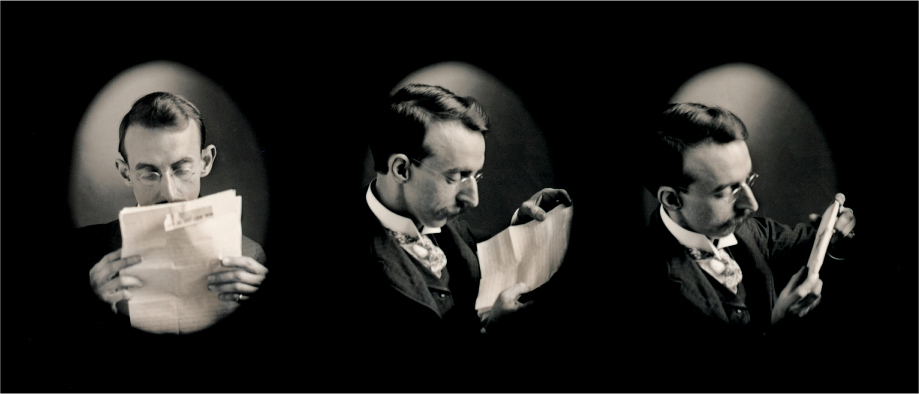
CONTENTS
FOREWORD
Frame by Frame
Deborah Willis
INTRODUCTION
A Man in His Wholeness
Michael Lesy
WHERE WE FIND OURSELVES
Margaret Sartor
THROUGH THIS LENS
Alex Harris
AFTERWORD AND ACKNOWLEDGMENTS
Margaret Sartor
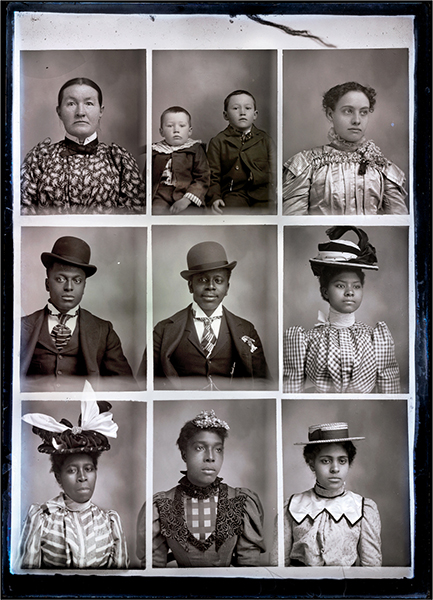
FOREWORD
Frame by Frame
DEBORAH WILLIS
It would be easy to focus on their eyes. To attend exclusively to the direction of their gazes downward or forward. To read them as signifiers of status or station, establishing or rejecting connection and relation.
TINA CAMPT, Listening to Images
WHERE WE FIND OURSELVES is the perfect title for this exquisitely researched book. It is a compelling metaphor, a question, a statement of fact. In looking at this book of portraits, I felt compelled to complete the phrase with a resounding answerWe find ourselves in the photographic studio. In looking at these striking images created at the turn of the twentieth century until just after the end of the First World War, a crucial period in American history, we can consider migration, family life, land owners and sharecroppers, mothers and daughters, sons and fathers, the employed and the underemployed, and black and white Americans in the rural South. Both beauty and humanity are enacted in profound and meaningful ways in the portraits. Seen through the lens of Hugh Mangum, the intersection of these two visual experiences begins to unravel the complexity of what it means to dress for a studio photographer.
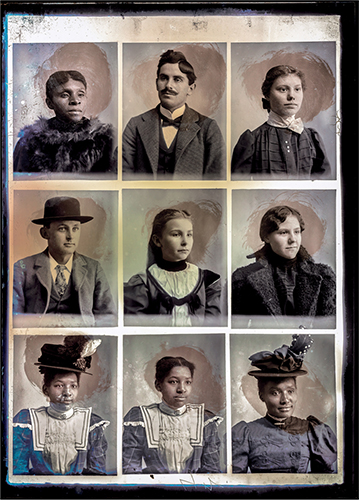
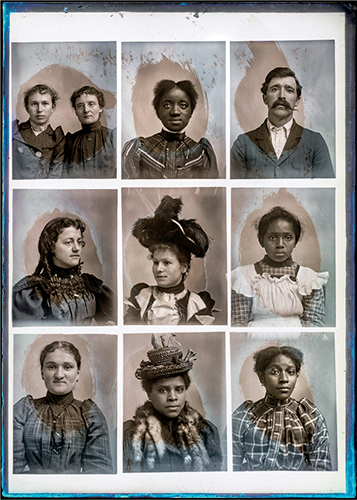
Each adult sitter made a conscious decision to select clothingperform stylethat defined his or her understanding of self, and in so doing, these people have left us an evocative and surprising legacy of images. Gendered identities are represented by fashionably dressed women wearing bold, striped blouses and cinched-waist skirts and men posing in the popular tailored jackets of the period. It is important to read the details: the facial hair of men, their beards and moustaches; the pearl necklace and earrings of a black woman in a large white collar, her hair parted down the center; the feathered and plumed hats of men and women, black and white; the fur scarves and cotton neckties; the treasured objects, from bicycle to family dog. Hairstyles define and refine! And there is abundant humor to be found, on both sides of the lens; for instance, in a series of self-portraits made by Hugh Mangum, who goes from looking directly at the camera to hiding behind his bowler hat. (He sometimes included himself in the first or final frame exposed on a negative otherwise filled with paying clients.)





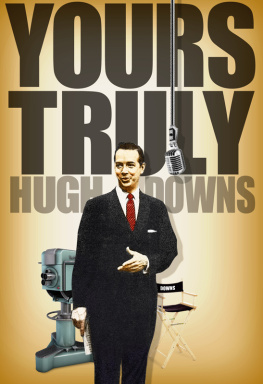


![Robert Hugh Benson [Benson - Robert Hugh Benson Collection [11 Books]](/uploads/posts/book/139831/thumbs/robert-hugh-benson-benson-robert-hugh-benson.jpg)
